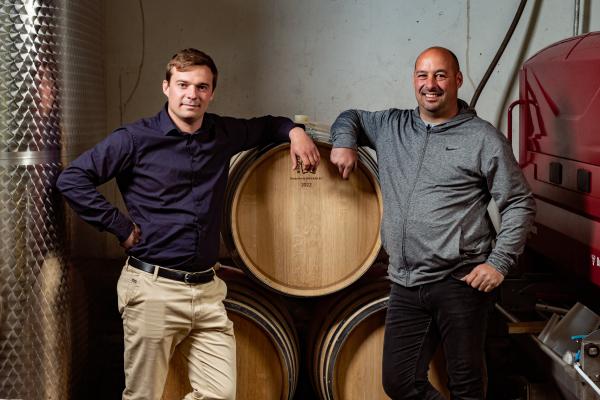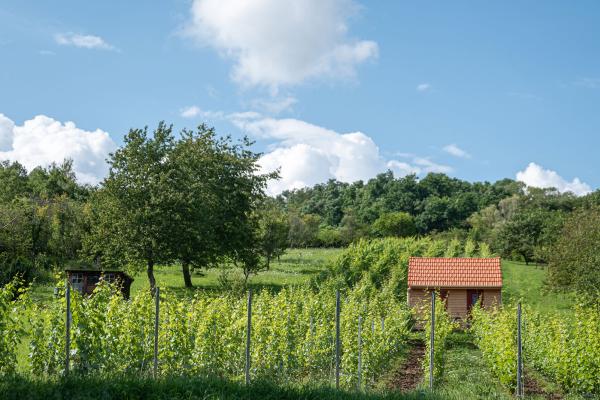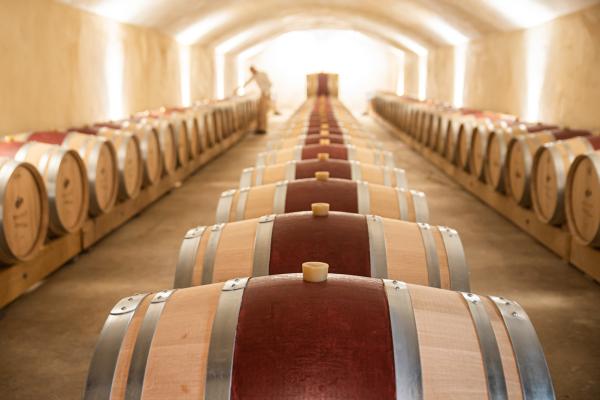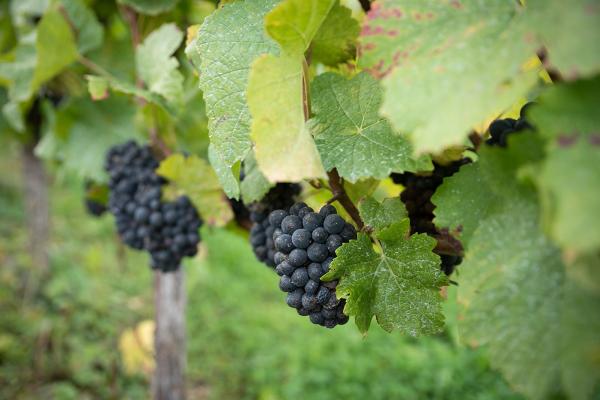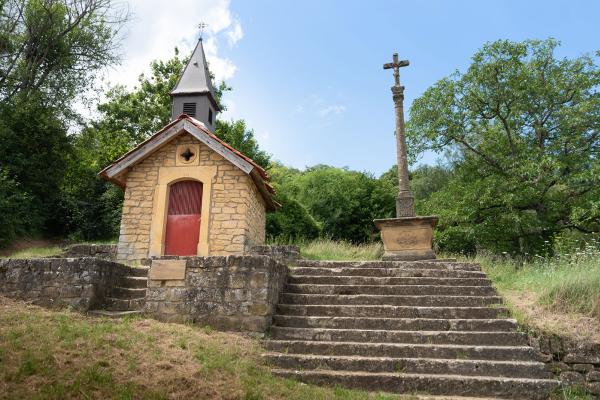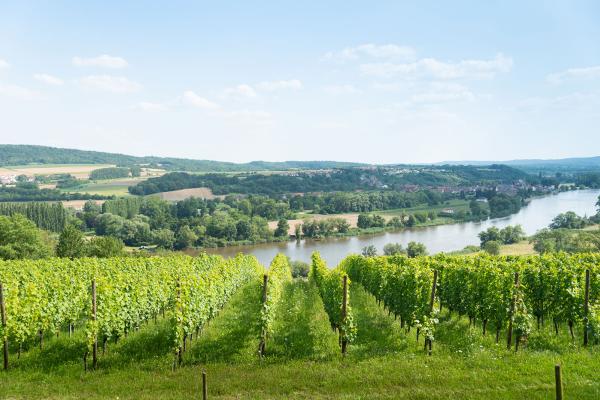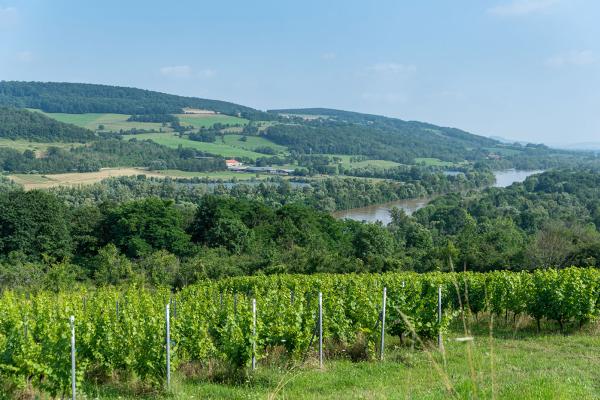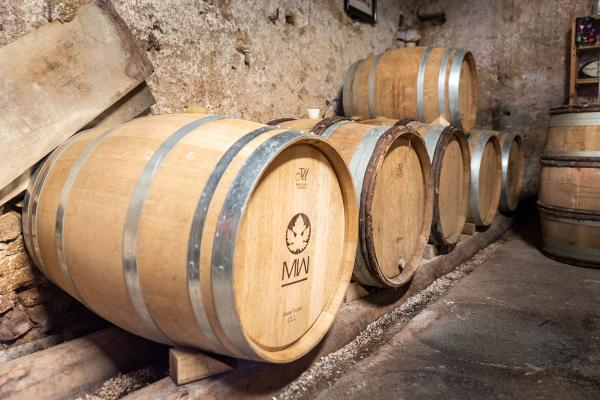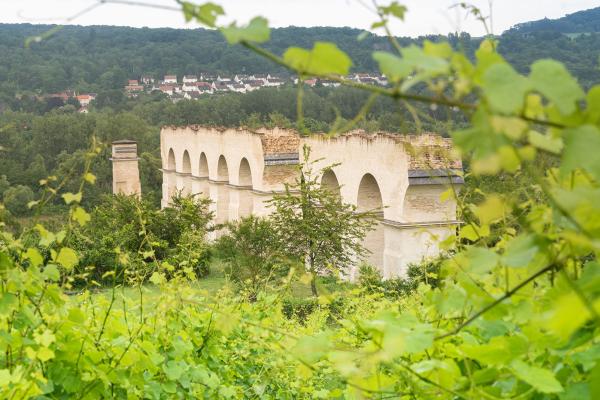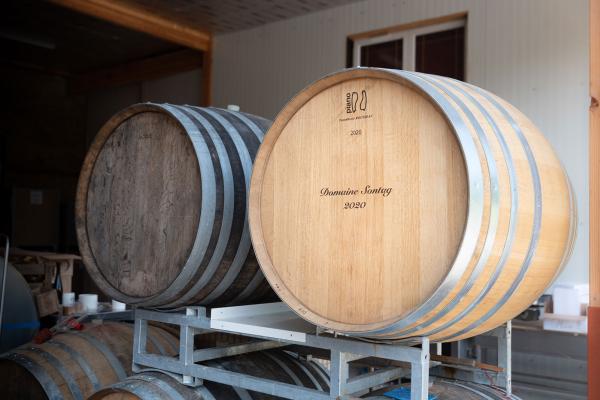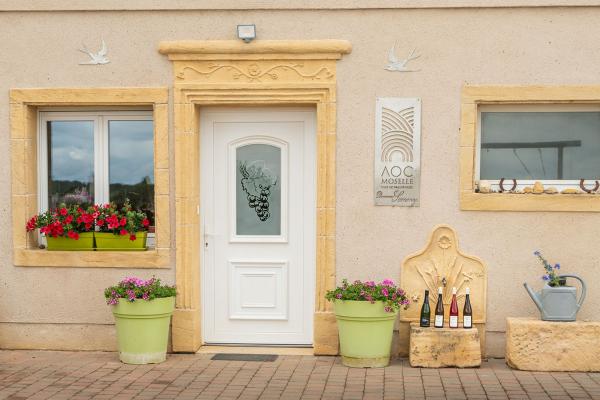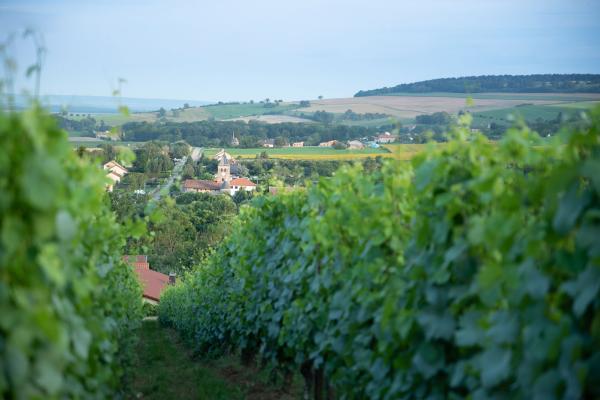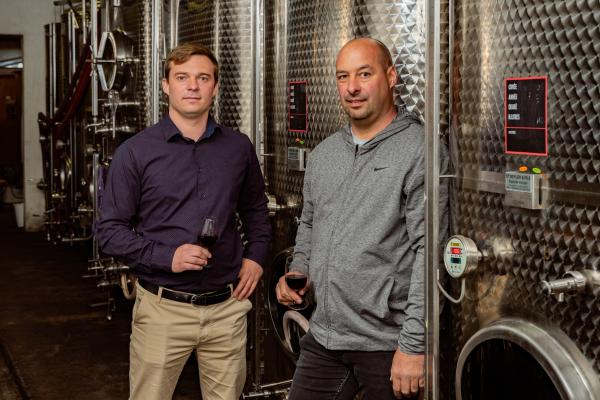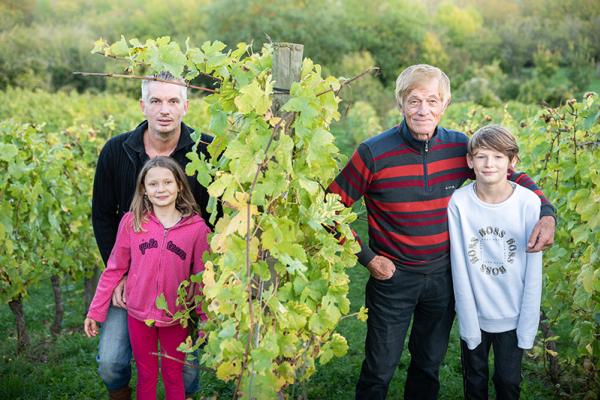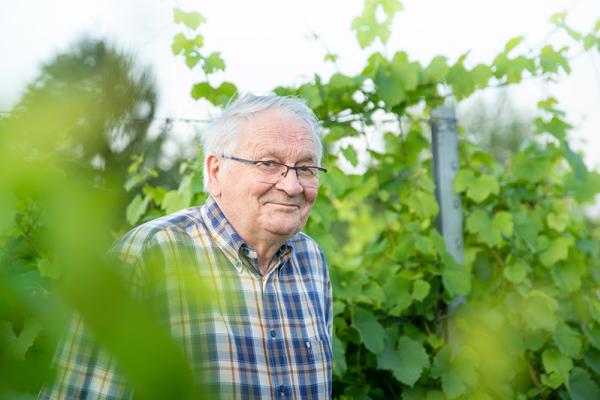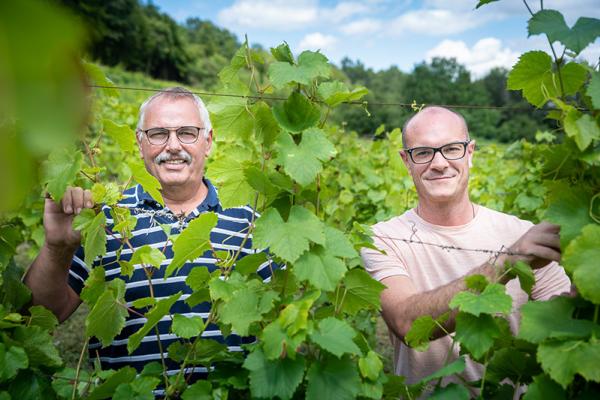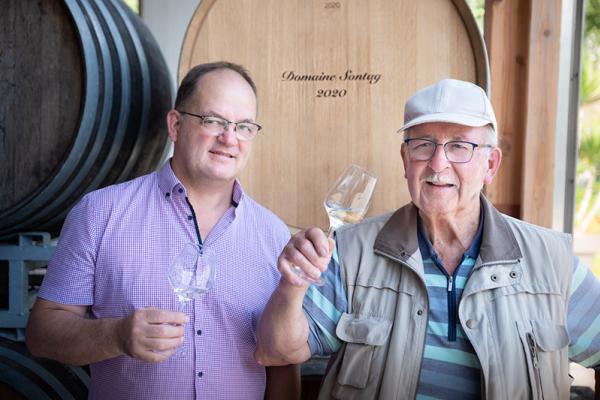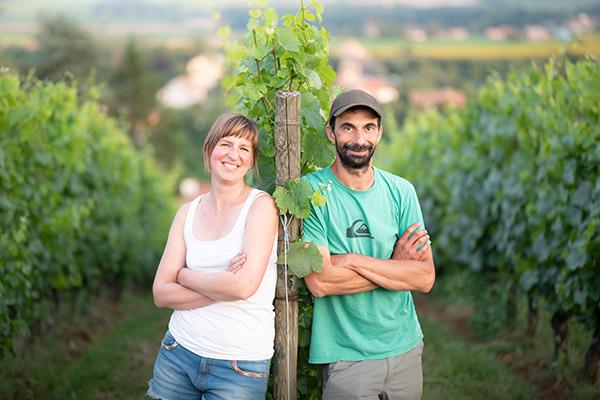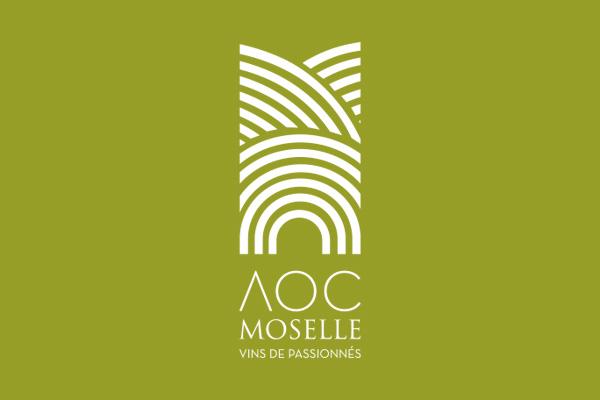The Vineyards
When you say “Moselle,” “vines” are not necessarily the first things that come to mind. Yet, the County’s history used to be closely entwined with viticulture despite a succession of events that diminished its importance over the centuries. Reconquering viticulture in Moselle is a challenge fuelled by the determination of men and women working together to bring Moselle Wines back to life.
Geology and climate in Moselle
First and foremost, it should be noted that the Moselle area’s geology is ideal for wine production. PDO Moselle vineyards are located on the north-eastern edge of the Paris Basin, in Lorraine Region, on sedimentary rocks made of secondary era limestone, sandstone and marl ranging from the Jurassic to the Triassic periods. The north/south facing slopy terrain forms a typical cuesta that drains into the Moselle River. The preferential south, south-easterly exposure and the slope of the hill where the vines are planted, mean that they reap all the benefits of the sunshine. The very heart of this terroir, as determined by the INAO, lies in the limestone scree spread over the river terrasses and flats formed by river erosion caused by successive deglaciations.
Other specific terroir must also be mentioned, such as shingle deposits and sand from the Vosges and marl (rich in carbonate clay).
Its continental and oceanic climate is a very interesting element with significant temperature differences from one season to the next. The plots are well exposed to the sun and well-spaced. The incline of the vineyard slopes ensures optimum natural drainage, while rough objects in the soil, which are sometimes abundant, also ensure the natural hydric regulation of the vine. The marl subsoil acts as a water reserve and the stoniness of the soils ensures drainage and infiltration of excess water during wet periods. The Moselle’s relatively low rainfall (700mm/year) and sunshine, which is concentrated thanks to good exposure, make it a good region for planting and this has not changed since Roman times!
The history of vines in Lorraine
Our ancestors reaped the rewards of these favourable conditions. At its height in 1830, Lorraine Region had almost 100,000 acres of vineyards. By the beginning of the 20th century, only approximately 15,000 acres of vines remained in Moselle. Many vines were planted around cities (such as Plantières, Devant-les-Ponts (near Metz)), which were used as ramparts during wars to slow down the horses’ progression.
Unfortunately, from the start of the 20th Century the decline in the number of vineyards commenced. This was largely due to several reasons, such as the stinging insect phylloxera, which caused a lot of damage, as its aphid lives on vine leaves as a sort of gall then goes on to attack the roots underground to kill the rootstocks over several years. Historical events such as wars (German annexation, world wars), but also industrial development and the rural exodus that followed were also responsible for its decline. The remaining vines were abandoned and gradually replaced with fruit trees, such as Mirabelle, pear and apple trees or strawberries. This meant that by 1935 only 3,700 acres remained. Despite the registration of Moselle vineyards as “superior quality wine with registered designation of origin” (appellation d’origine vin délimité de qualité supérieure (AOVDQS)) in 1951, their decline continued and in 1970 only 5 - 7 acres were still in production. This remained unchanged until the 80s, when the next generation of wine producers gradually started to reclaim the slopes that had once been planted. Thanks to their tireless hard work the vineyards came back to life at long last.
Creation of the PDO Moselle
Obtaining PDO registration was a key step in the reconstruction process and a way of restoring Moselle Wines to their former glory.
“Moselle Wines” were granted “superior quality wine with registered designation of origin” status (AOVDQS) by decree of 9 August 1951, then under the name of “Moselle” by decree of 13 April 1995.
In 2006, the Moselle Wine Producers’ syndicate, with the unfailing support of the Conseil Départemental (County Council) and the Chamber of Agriculture, submitted their application for PDO as recognition for the considerable progress made in terms of quality over the past decades.
The INAO granted “PDO Moselle” status on 16 November 2010. This new step is the result of the Département de la Moselle and wine producers’ involvement in producing quality wines that are recognised for their originality.
A Defence and Management Organism (DMO) was then created to bring together the various wine producers producing PDO Moselle Wines and to manage their production.
The PDO Moselle officially came into effect following the decree of 14 November 2011, making it one of the most recent PDOs in France. It is also one of the smallest French denominations with 185 acres of production, yet one of the most dynamic in terms of growth, with an extension potential of 1,650 acres of PDO registered land over 18 municipalities in the INAO approved geographical area.
The specifications
This PDO distinguishes itself as having one of the strictest specifications with grape varieties including auxerrois, muller thurgau, pinot gris and pinot noir. Gewurztraminer, pinot blanc, riesling and gamay are authorised secondary grape varieties for blends.
The PDO regulates and checks the growing processes such as pruning, tying up and planting, as well as wine production processes such as vinification, packaging, sugar levels, types of varieties, and the share of different varieties in the blends used, to ensure the wines meet a certain standard.
Tasting committees are also organised several times a year. Each wine producer presents their samples to a board of tasters, which includes wine producers, oenologists, and representatives of civil society, such as wine merchants, restauranteurs, and sommeliers in order to guarantee the Moselle wine typicity.
Nowadays, the majority of PDO Moselle vines (60%) are cultivated in accordance with organic agriculture criteria as part of an ecological and environmental approach which is clearly in line with current preoccupations.
The Moselle Valley provides a natural link between the French, German, and Luxembourgish vineyard areas, thus allowing the PDO Moselle to work alongside the other countries as part of the “Terroir Moselle” Project.
The PDO Moselle provides a benchmark for quality wines produced on unique soils by passionate men and women who want to share their outstanding “Made in Moselle” produce.
185 acres
of vines planted
1700 acres
of land registered as PDO
60%
whites wines
30%
red wines
10%
rosé wines
A 46 km
wine route







